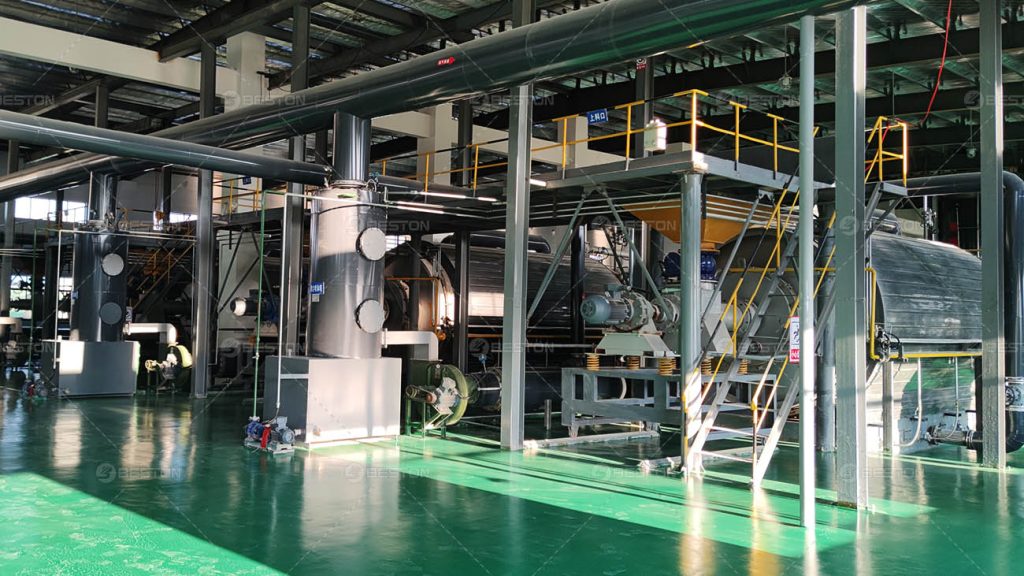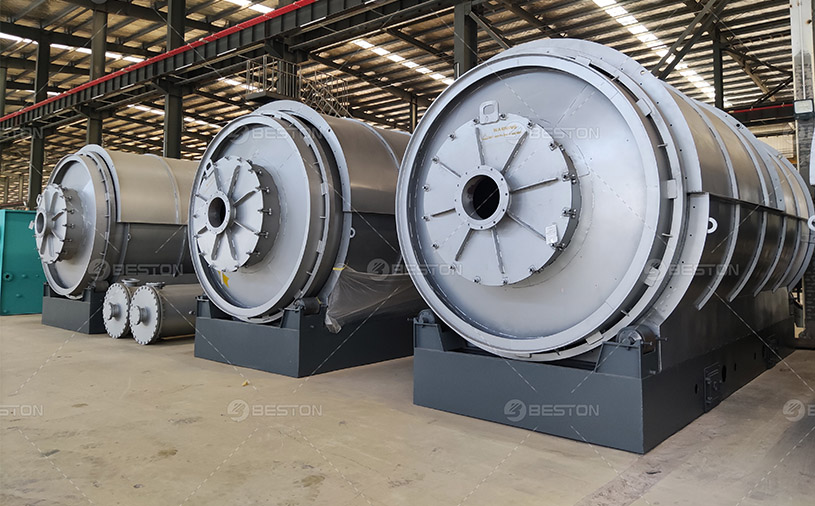Oil sludge treatment is a critical concern for the petroleum industry, where environmental regulations and operational efficiency are paramount. Among the various technologies available for this purpose, the thermal desorption unit (TDU) has emerged as a superior choice. This article delves into the functionality, advantages, and applications of the TDU in oil sludge treatment, highlighting why it is considered the best option.

Understanding the Thermal Desorption Unit
A thermal desorption unit (TDU) is a specialized piece of equipment designed to treat contaminated materials, including oil sludge, by applying heat to volatilize and remove contaminants. The process operates on the principle of thermal desorption, which involves heating the contaminated material to temperatures sufficient to vaporize the volatile components without causing combustion.
Components of a Thermal Desorption Unit
- Feed System: Ensures the continuous and controlled input of oil sludge into the unit.
- Desorption Chamber: The core component where the heating and volatilization occur.
- Heating System: Provides the necessary thermal energy to drive the desorption process.
- Condensation System: Cools and condenses the volatilized contaminants into liquid form.
- Emission Control System: Captures and treats any remaining gases to meet environmental standards.
- Discharge System: Removes the treated, decontaminated material from the unit.
The Thermal Desorption Process
The thermal desorption process in a TDU follows several sequential steps:
Step 1: Feeding and Preparation
Oil sludge, often containing a mixture of hydrocarbons, water, and solid particles, is fed into the TDU’s feed system. The feed system is designed to handle varying consistencies and compositions, ensuring a steady flow into the desorption chamber.
Step 2: Heating and Volatilization
Inside the pyrolysis chamber, the oil sludge is subjected to controlled heating. The temperature is typically set between 300°C and 600°C, depending on the nature of the contaminants. This heat causes the volatile hydrocarbons within the sludge to vaporize, separating them from the solid and aqueous phases.
Step 3: Condensation and Collection
The vaporized hydrocarbons are then directed to the condensation system. Here, they are cooled and condensed back into liquid form. This recovered liquid, often referred to as condensate, contains the separated hydrocarbons, which can be further processed or disposed of in an environmentally safe manner.
Step 4: Emission Control
Any residual gases that remain after condensation are treated by the emission control system. Advanced filtration and scrubbing technologies ensure that these gases meet stringent environmental regulations before being released into the atmosphere.
Step 5: Discharge
The treated oil sludge, now free of volatile contaminants, is discharged from the TDU. This decontaminated material can be safely disposed of or repurposed, depending on its composition and the regulatory framework.
Advantages of the Thermal Desorption Unit
High Efficiency
The TDU is highly efficient in removing volatile organic compounds (VOCs) and semi-volatile organic compounds (SVOCs) from oil sludge. The controlled heating process ensures maximum recovery of hydrocarbons, minimizing waste and maximizing resource utilization.
Environmental Compliance
One of the significant advantages of the TDU, such a oil sludge treatment plant is its ability to meet and exceed environmental compliance standards. The emission control systems integrated into the TDU are designed to capture and treat any harmful gases, ensuring minimal environmental impact.
Versatility
The TDU is versatile and can handle a wide range of contaminated materials beyond oil sludge, including contaminated soils and industrial wastes. This versatility makes the TDU a valuable asset in various sectors, from petroleum refining to environmental remediation.
Economic Viability
While the initial investment in a thermal desorption unit can be substantial, the long-term economic benefits are considerable. The recovery of hydrocarbons from oil sludge can offset treatment costs, and the ability to treat on-site reduces transportation and disposal expenses.
Safety
The thermal desorption process operates at temperatures below the combustion point, significantly reducing the risk of fire or explosion. Additionally, modern TDUs are equipped with advanced safety features and automated controls to ensure safe and reliable operation.
Applications of the Thermal Desorption Unit
Oil Refineries
In oil refineries, the TDU is used to treat oil sludge generated during the refining process. The recovery of valuable hydrocarbons from the sludge not only reduces waste but also provides an additional revenue stream for the refinery.
Drilling Operations
Oil drilling operations produce significant amounts of drilling mud and cuttings contaminated with hydrocarbons. The TDU is employed to treat these wastes, allowing for the recovery of oil and the safe disposal of the remaining material.
Environmental Remediation
The TDU plays a crucial role in environmental remediation projects, particularly in the cleanup of contaminated sites. It can effectively treat soils and sediments polluted with hydrocarbons and other organic contaminants, restoring the land to a safe and usable state.
Industrial Waste Management
Industries that produce hazardous waste containing VOCs and SVOCs utilize the TDU for the safe and efficient treatment of these materials. The ability to recover valuable components from the waste stream further enhances the attractiveness of this technology. You can find more solutions for oil sludge recycling at Beston Group Co., Ltd.

Conclusion
The thermal desorption unit represents the best choice for oil sludge treatment due to its high efficiency, environmental compliance, versatility, economic viability, and safety. By leveraging advanced thermal desorption technology, industries can effectively manage oil sludge and other contaminated materials, recovering valuable resources and minimizing environmental impact. The successful implementation of the TDU in various sectors underscores its critical role in sustainable waste management and environmental remediation. As regulatory pressures and sustainability goals continue to evolve, the adoption of the TDU is poised to grow, driving innovation and excellence in the field of oil sludge treatment.